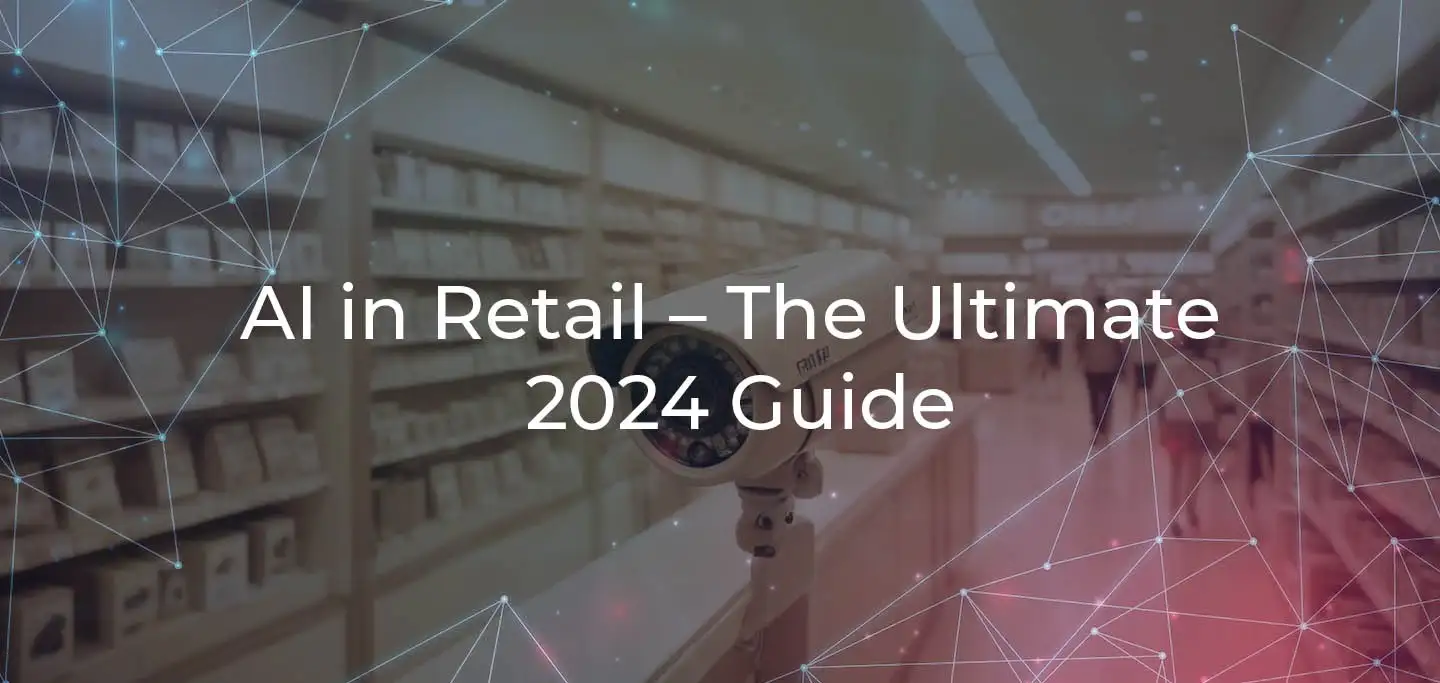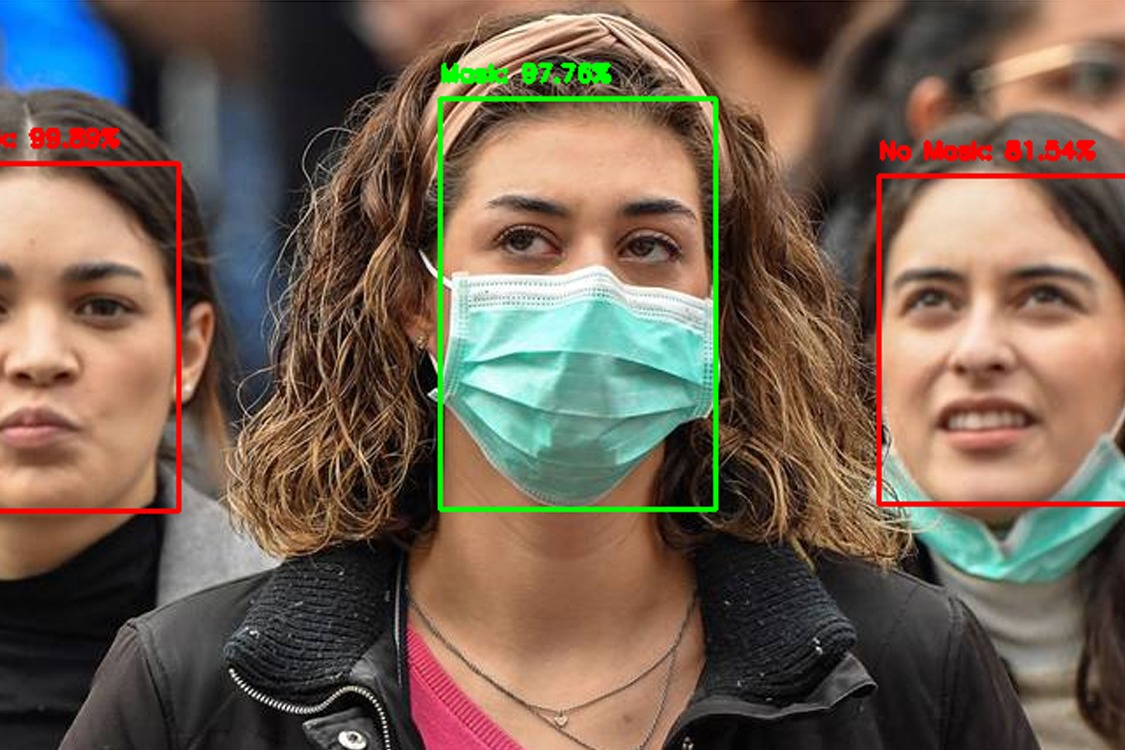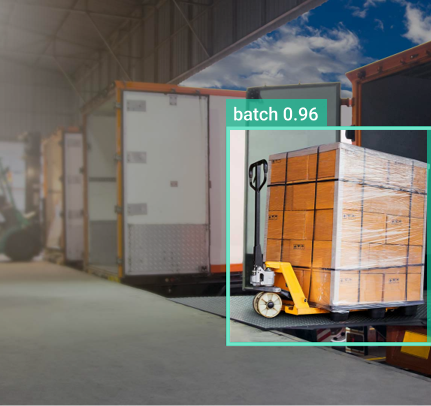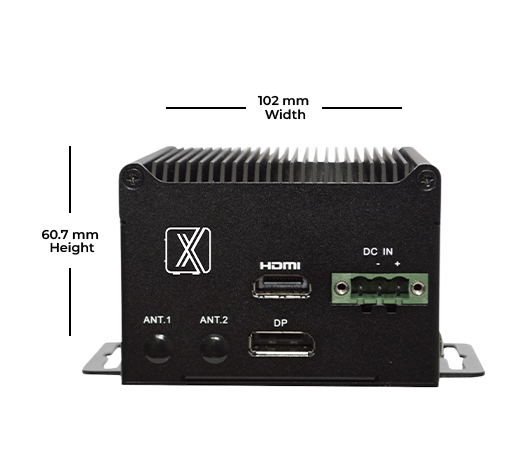For Professionals, By Professionals

Discover ProX PC for best custom-built PCs, powerful workstations, and GPU servers in India. Perfect for creators, professionals, and businesses. Shop now!
SERVICES
WE ACCEPT










Contents
Artificial intelligence (AI) in retail is a valuable asset for companies with physical stores. This automation allows stores to keep up with data-driven online business models, thus improving the shopping experience. This article is an update to our previous article featuring the most popular retail applications of computer vision.
We will share practical information about the challenges and opportunities of implementing AI vision in retail businesses. We discuss the future of retail AI, technology, and use cases and applications:
About us: ProX PC provides the leading end-to-end Computer Vision Platform. Our platform enables leading organizations worldwide to build, deliver, and scale their computer vision applications for retail solutions. Get a demo for your company.
ProX PC provides end-to-end infrastructure and tools to build, deliver, and maintain computer vision applications.
Before we get started, check out this people counting application for retail artificial intelligence. The entire application was built and delivered with ProX PC.
Image
Computer Vision in Retail
Web-based retailing companies have gained market share from traditional brick-and-mortar retailers with multiple store locations. The defining feature of e-commerce is the facilitation of accessing the Point-of-Sale through the Internet. On the other hand, physical retail’s strength is its ability to shape the customer experience and provide personalized services.
However, one of the advantages leveraged by online retail is the ability to personalize the customer journey. Therefore, massive amounts of data can be acquired easily in a digital environment. This data can then be used to generate individual recommendations based on prior “click behavior.”
Physical retailers must transform their business into the digital world to keep up and play to their actual strengths. Therefore, new data acquisition methods are needed that are practical, compatible, and viable in an offline setting.

Key fields of computer vision technologies in Retail industries
Data Acquisition Bottleneck
Most data acquisition systems are basic and differ greatly from the fancy, expensive showcases of large technology companies. It’s challenging to digitize the offline world. Retailers find it hard to scale sensing systems to collect valuable information. It is difficult to gather data in offline stores as layout changes can impact the customer experience.
Often, retailers experience limitations regarding equipment installations or layout changes when properties are rented, franchised, or externally managed. While sensors become more cost-effective, the costs of software, implementation, and maintenance can quickly exceed business value.
In-store Retail Analytics Technologies
A variety of sensors have been introduced to detect customers, count people, analyze footfall, and measure dwell times. Some popular sensors on the market are Xovis, SensMax, ShopperTrak, V-Count, and FLIR Brickstream. These types of sensors include:
However, sensors are usually limited to specific tasks and require new hardware purchases and certain setups (height, distance, etc.).
Modern deep learning technology allows ML algorithm application to almost any video stream. The application software uses a camera video feed and applies AI video analytics in a multi-step process. This process is otherwise known as computer vision pipeline or flow.
Any network camera or even existing CCTV or surveillance cameras can be integrated with such computer vision systems. Thus, reducing the risk of sunk costs and hardware lock-in. Some cameras already provide some intelligence features, but those are often limited and not flexible or powerful enough.

Computer Vision System for In-Store Analytics with ProX PC
What is Computer Vision?
AI vision analyzes camera video with algorithms. This analysis provides traditional retailers with data-driven insights to improve the customer experience and strengthen their market position.
Computer Vision is a powerful technology to overcome the data acquisition bottleneck. Compared to other sensors, camera analysis requires much less installation equipment, is contactless, and can operate automatically.
Navigating the Sea of Sensors and Applications
In offline store digitization attempts, retailers tend to create massive lists of data they aim to gather with cameras. Ambitious digital strategies require the development and maintenance of a portfolio of applications. One computer vision application or system is not enough, and serious investment is required.
Proof of concepts (POC) or smaller implementations can often work well. However, issues usually appear in application scaling and operation in production outside of the optimized lab setting. In this phase, companies must have full data control and be able to tailor applications to specific business needs.
Hence, the implementation of a computer vision application platform helps build up internal capabilities, leverage synergies, standardize privacy and security, and prevent data silos.
Data Privacy for Computer Vision
Businesses must ensure complete data privacy per privacy protection laws at the state and federal levels. Therefore, privacy-preserving computer vision is a must-have for all vision intelligence systems in retail.
Any information that can be used to distinguish or trace an individual’s identity (Personally Identifiable Information, PII) is highly sensitive. Compared to human operators watching video streams, visual AI provides a fully automated method. In addition, there is a wide range of visual obfuscation methods, for example, face blurring. However, this may not be enough to comply with data privacy regulations.
Easy-to-use computer vision APIs are often used to develop prototype applications. These can include Google Vision API or AWS Rekognition. However, cloud-based AI processing sends data to the cloud and analyzes using remote resources of a data center. Most companies’ privacy policies do not allow this form of cloud-based computer vision.
New computer vision technologies leverage Edge AI concepts to process data on-device and in real time. This data processing is done without storing or transferring video to the cloud. Edge Computer Vision does not require a constant internet connection, allowing for much higher performance and cost-efficiency.
Hence, companies must have full control over the data flows and application design. This is to implement mechanisms that allow complete anonymization of videos analyzed by AI algorithms. Deep learning models can analyze video streams and convert them into an anonymous stream of metadata. This stream will not contain sensitive visuals without losing any valuable information the business is looking for.

Concept of data privacy for computer vision applications with ProX PC
AI Vision Inspection and Compliance
AI technology with computer vision has been widely used to automate visual inspection tasks of all kinds.

Camera-based monitoring for mask detection – Deployed with ProX PC
Customer Behavior Analysis
Deep learning for people detection and movement analysis is used to gain an understanding of customer behavior. Pose estimation and real-time object detection are technologies used to provide data and metrics about the shopper journey. In-store consumer analytics are often modeled after online retail analytics, people’s paths vs. e-commerce page visits.

In-store customer flow analysis using person tracking – Built with ProX PC
Visitor Profile Analysis
In-store analytics often involves the classification of visitors into groups or customer types. Deep-learning algorithms can classify visitors by gender, mood, activity, or other characteristics. Such customer analytics can be combined with other data in business intelligence tools for valuable retail solutions.

Emotion Recognition with Deep Learning – Using ProX PC
Product Engagement Analysis With Computer Vision for Retail
Image recognition with one or multiple cameras can determine what products customers are interacting with, considering, or abandoning. Digitizing product engagement and the in-shop buying process can provide valuable insights to retail store managers.
This type of in-store analytics is essential for understanding and optimizing the on-site buying process. Cashierless stores combine multiple methods, with a high number of different cameras and multiple sensors.

Retail store area analysis with computer vision – Built on ProX PC
Customer Service Quality
Video AI can identify factors that determine in-store interactions. Hence, retailers can generate data about the retail service quality at the point of sale (POS).

Queue Detection with computer vision with a region of interest (orange)
Customer Experience
AI vision can identify and track parameters that directly impact the customer experience in a retail location.
Backroom and Inventory Management

Automated pallet detection with computer vision
In-store and Outside AI inspection
Regular security cameras in stores can be used to implement continuous store inspections with AI vision. Here, visual sensing can automate manual inspection tasks effectively.

Retail parking lot occupancy detection
Checkout Experience
Security and Safety

Intrusion detection with deep learning – Built With ProX PC
How to Get Started With Computer Vision in Retail
Visual AI retail has enormous potential and the list of use cases continues to grow. Specifically, multi-modal retail solutions grow this potential tenfold, namely generative AI and natural language processing.
For organizations looking to implement computer vision systems, it’s important to realize that each application may be difficult and require a significant financial commitment. Check out our business guide “What Does Computer Vision Cost?” to learn more about the costs and pricing of AI software and services.
Organizations using visual AI for business must have:
Hence, companies establish Proof-of-Concept (PoC) and Pilot projects to gather operational experience with applying AI vision.
Novelty and technical difficulty usually mean that organizations must start adopting AI as early as possible. Due to the highly disruptive nature of AI technology, catching up with competitors later will be difficult and expensive.
Compared to web applications or standard software, AI systems are considerably more sophisticated. Especially real-world applications require connected sensors, advanced computing algorithms, and compute-intensive deep learning workloads. A computer vision application is far more than only the ML model. It includes image acquisition, business logic, data formatting, data aggregation, and integration into other systems.
Initially, companies often start with various PoC or Pilot projects to identify and validate high-value strategies. In later stages, it does not only involve technical feasibility. Teams must consider other factors such as security, scalability, cost-efficiency, and flexibility of applications that determine the economic potential of visual AI applications.
Using the ProX PC Platform
Most organizations will need multiple AI vision applications. However, it can be challenging to develop and maintain such a portfolio efficiently. This is why companies use our computer vision application platform ProX PC™.
The end-to-end platform enables their teams to build, deploy, operate, and scale all applications in one software suite. ProX PC provides end-to-end automated development features for professionals to accelerate every step of the lifecycle. From image annotation and training to application development, deployment, device management, remote configuration, and monitoring.
Fortune 500 and Governmental Organizations worldwide deliver their AI vision applications using ProX PC™ technology. The model-driven architecture and automated infrastructure are fully optimized for Edge AI and real-time computer vision. Read the solution brief by Intel.
These qualities make the computer vision platform completely extensible. Thus, allowing for the integration into Business Intelligence tools or the use of existing ML models and software containers.
If you are looking for enterprise-grade computer vision, request a personalized demo.
Related Products


Share this: